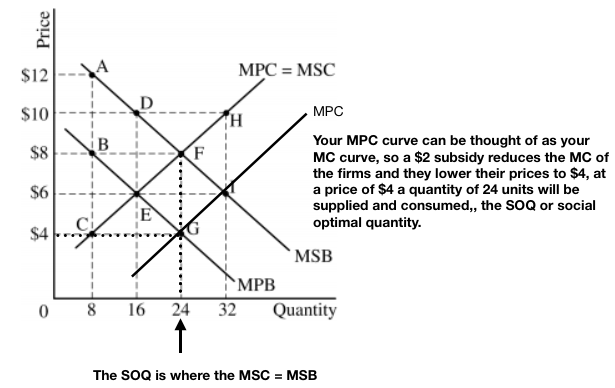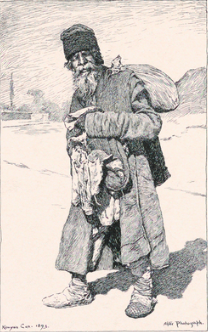Lesson of Labor #1
Labor
(How many workers to hire)
What we know -
Law of Diminishing Marginal Returns - as I add more and more inputs (labor) to fixed capital (factory, machine) the amount produced by each additional unit (worker) will initially increase but eventually decrease.
 |
| Look at the MP curve |
So, as we add each worker the marginal product of each additional worker initially increases but will eventually fall.
***If all workers are paid the same wage, at some point the next worker hired will produce less in revenue than the value of the wage that I pay. I would not want to hire that person as they will cost me more than they earn in production.
Ex. John only produces two units of a good and I sell each for $5, my total marginal revenue from John is $10,, If the wage I pay John is $12 a day he is costing me money to employ him.
Sorry John, but you should be fired.
The question - "how many workers do I hire?"
1st - What is our demand for labor. DL - This is a Derived Demand
Our Derived demand for labor is based on how much each worker brings into the company and this is effected by two things
1. PG - Price of the Good Sold
2. MP - Productivity of each (additional) worker
Derived Demand - the demand for labor is based on two things PG & MP
1. The price of the good (PG) the worker is producing.
If our workers are producing hats and the market price of hats increases then we want to produce more to make more profit and this implies that we will hire more people.
Law of Supply
 |
| As the price of a good increases the QS of that good increases. |
So, if the PG (Price of the good we produce) increases in price we make more on each unit of the good produced and therefore want to make more and must hire more workers to produce the additional quantity.
2. The productivity of each additional (marginal) worker.
If the productivity of our workers increases (think technology). If new machines make each individual worker more productive then we make more revenue on each worker and therefore want to hire more workers.
Determinate of Supply
 |
| As technology increases more of this good is created |
So, if the productivity (MP) of our workers increase then each worker brings into our company more revenue and we hire more workers to make more product to increase our profits.
Marginal Revenue Product (MRP)
is the DL based on the PG & the (MP)
Marginal Revenue Product (MRP) is the Demand for Labor (DL) and is derived from the Price of the Good Sold (PG) & the Marginal Product (MP) of each individual worker.
Understand that the MRP is the amount of marginal revenue attributed to each worker added.
worker 1 brings in $50 of additional (marginal) revenue
worker 2 brings in $40
worker 3 brings in $20
* Notice above that MP initially increased but the continually decreases - Why??
What if the PG increase, what happens to the MRP?
What if the MP increase, what happens to the MRP?
So, what we see is that if the PG increases or the MP increases, then the MRP will increase and our DL will shift to the right.
 |
Marginal Revenue Cost (MRC)
also called Supply of Labor (SL) curve
This is simply the wage rate/ price of labor
For a perfectly competitive labor market it is a straight line.
They can hire all the workers they want at a specific price.
 |
| Recognize that this curve can also be called the Marginal Factor Cost (MFC) or Marginal Resource Cost (MRC) curve or the Supply of Labor (SL) curve |
The question - "how many workers do I hire?"
Your profit max for hiring workers is where the MRP and the MRC curve
2005 AP Micro FRQ #3
https://econowaugh.blogspot.com/2014/11/resource-markets-2-perfect-competition.html
https://econowaugh.blogspot.com/2014/11/resource-markets-2-perfect-competition.html













































